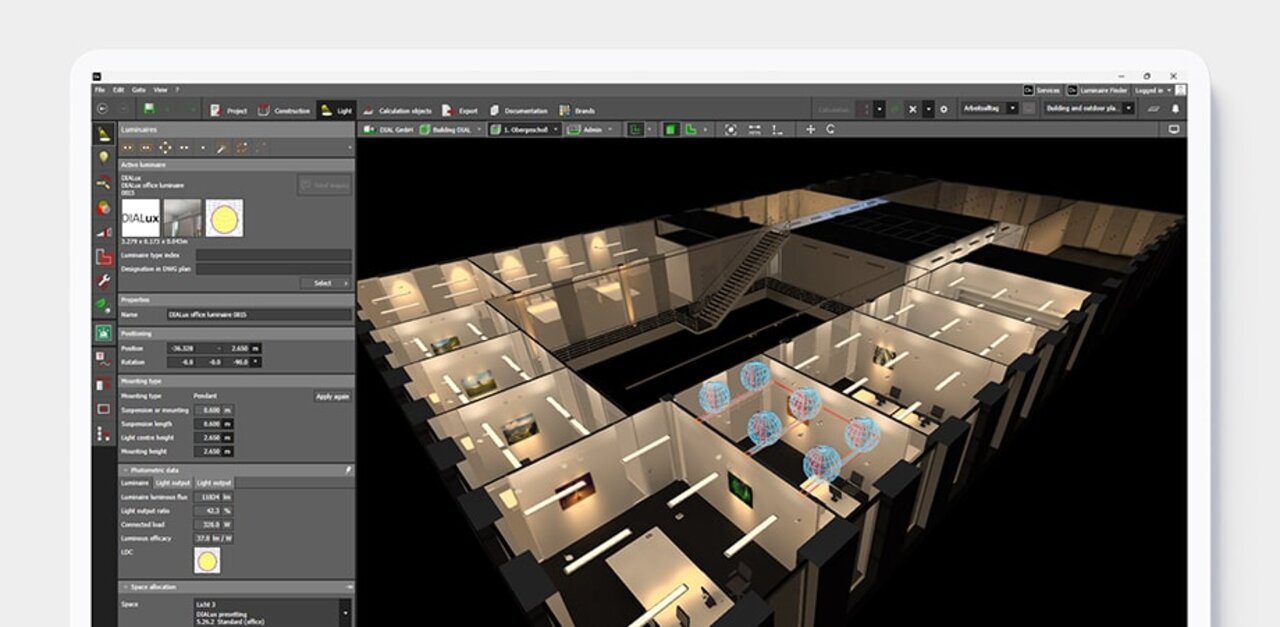In the dynamic world of architecture, theater, events, and interior design, lighting plays a crucial role in shaping perception, mood, and visual clarity. Whether you are an aspiring lighting designer, a stage technician, or simply someone looking to grasp the foundational concepts, online education offers accessible pathways to master lighting basics. With a growing number of high-quality, free online courses, learners can build technical confidence without incurring high costs.
This guide explores top-rated free online lighting courses, covering key platforms, curriculum insights, and ideal learning outcomes.
1. Why Learn Lighting Fundamentals?
Understanding lighting fundamentals is essential across various fields:
Stage and Entertainment: Lighting defines scenes, supports storytelling, and ensures performer visibility.
Interior Design: Functional and decorative lighting impacts ambience, productivity, and spatial definition.
Architecture and Urban Planning: Outdoor and facade lighting contribute to night-time aesthetics and safety.
Film and Photography: Illumination dictates clarity, emotion, and subject emphasis in visual storytelling.
Learning lighting basics helps aspiring professionals:
Understand photometric principles (intensity, spread, color temperature).
Recognize types of fixtures (PARs, Fresnels, profiles, moving heads).
Apply DMX programming or software-based simulation tools.
Develop safety awareness in power management and rigging.
2. Best Free Online Courses for Lighting Basics
DIALux evo Basic Course
Platform: DIALux Academy
Target Audience: Beginners in architectural and interior lighting planning.
Course Overview: This course introduces users to DIALux evo, a professional lighting design software widely used in the industry. Students learn how to import floor plans, construct rooms in 3D, place luminaires, and perform basic simulations.
Key Features:
Project-based video tutorials.
Realistic rendering techniques.
Basic understanding of illuminance levels and standard lighting codes.
Website: dialux.com
Introduction to Lighting by IES
Platform: Illuminating Engineering Society (IES)
Target Audience: Students and entry-level professionals in lighting engineering.
Course Overview: IES offers a structured introduction that begins with the fundamentals of human vision and extends to practical applications in lighting equipment and controls.
Modules Include:
Visual perception and photometry.
Lamp and luminaire technologies.
Light control strategies and daylight integration.
Website: elearning.ies.org
2X Class Lighting Design Courses
Platform: 2X Class
Target Audience: General learners looking for a variety of free lighting courses.
Course Overview: This platform aggregates a broad collection of free and certified courses from various providers. Categories range from emergency lighting systems to home design and smart lighting.
Useful For:
Learners wanting topic flexibility.
Engineers brushing up on regulatory lighting codes.
Website: 2xclass.com
LED Lighting Design Fundamentals
Platform: Mind Luster
Target Audience: Professionals in commercial or industrial LED lighting planning.
Course Overview: With a focus on efficient LED system design, this course emphasizes selecting the correct fixtures, assessing project requirements, and developing effective lighting layouts.
Topics Include:
LED technologies and thermal management.
Power consumption calculations.
Real-world case studies.
Website: mindluster.com
Lighting Academy by Signify
Platform: Signify (Philips Lighting)
Target Audience: CPD-seeking professionals and industry newcomers.
Course Overview: Lighting Academy provides a wide selection of CPD-accredited short courses in multiple languages. Modules cover innovative products, lighting for education, retail, and healthcare environments.
Highlights:
Certification upon completion.
Engaging video content and self-paced structure.
Website: signify.com
Lighting Design Basics by ICOL
Platform: ICOL
Target Audience: Designers interested in natural lighting concepts.
Course Overview: This creative module explores how natural principles—such as circadian rhythms, weather, and biophilic design—inform human-centric lighting.
Best For:
Designers integrating wellness into lighting.
Architects interested in sustainable lighting solutions.
Website: icol.net.au

Lighting Principles 101 on Udemy
Platform: Udemy
Target Audience: Beginners with no technical background.
Course Overview: This free course outlines key lighting design concepts such as contrast, color rendering, beam angles, and psychological effects of lighting.
Includes:
Lecture-based videos.
Practical scene lighting demos.
Website: udemy.com
3. Recommended Learning Path
While each course has its own strength, a structured sequence can optimize your learning journey:
Start with Theory
→ IES “Introduction to Lighting”Software Simulation
→ DIALux evo Basic CourseSpecialization
→ LED Lighting (Mind Luster), Nature-Based Design (ICOL)Practical Scenarios
→ Udemy & Signify case-based tutorialsBroaden Your Scope
→ Explore 2X Class for niche interests like theatrical lighting or smart homes.
Conclusion
Learning the fundamentals of lighting design no longer requires formal classroom training or expensive workshops. With these free online resources, learners can access globally respected platforms and content, building a strong foundation in lighting theory, fixture usage, spatial planning, and software simulations. Whether you're preparing for a career in theater, architecture, or AV design—or simply pursuing personal interest—these courses are a smart place to start.
READ MORE:





Blue Sea Lighting is an enterprise with rich experience in the integration of industry and trade in stage lighting and stage special effects related equipment. Its products include moving head lights, par lights, wall washer lights, logo gobo projector lights, power distributor, stage effects such as electronic fireworks machines, snow machines, smoke bubble machines, and related accessories such as light clamps.
Quick Links
For more questions subscribe to our email









